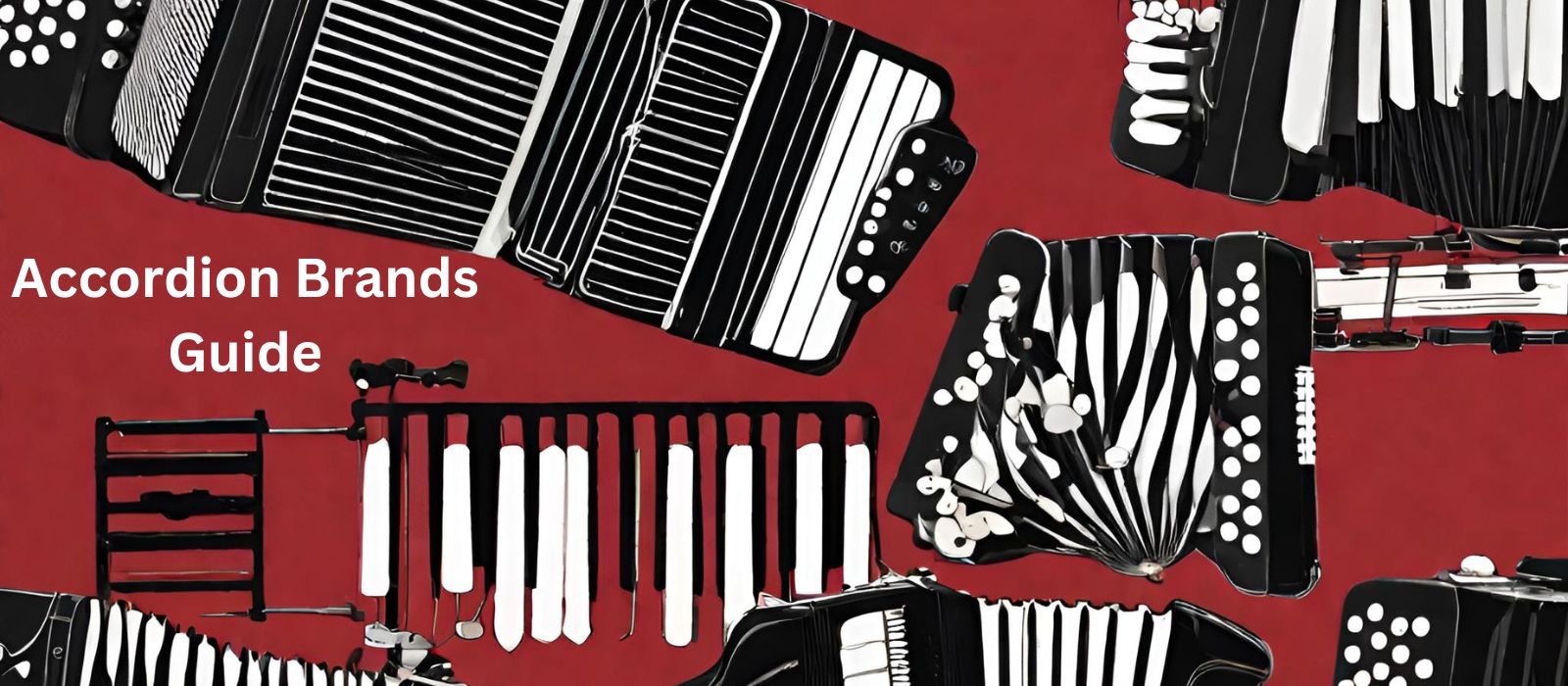The Basque diatonic accordion also known as Trikitixa or Trikiti is usually smaller than other diatonic accordions. It has 23 buttons on the right side and 12 bass buttons on the left side. This squeeze box became an integral part of Basque folk music and dances.
This melodeon is tuned a fourth apart. The Treble side is comprised of two rows of accidental notes. Sharps and flats. This very layout made the Basque accordion ideal for folk tunes.
Although there are various theories by ethnomusicologists on how the bandoneon got to the Basque region, most agree that in the late 1800s first diatonic accordion was introduced to Basque musicians by French and/or Italian sailors.
Trikitixa, It’s What The Cool Kids Play
Wide-Ruled Notebook
Keep notes, use it as a personal journal, do school work in it, or jot down your great ideas as they happen. Makes a fun gift for yourself or for that trikitixa lover in your life.
The Trikitixa spread fast and gained popularity amongst Basque folk musicians due to its ease of transport and compactness. Trikitixa is also the name of a very popular Basque folk dance. For this reason, it truly was a one-man band instrument for ballroom dances like Mazurkas and Waltzes, replacing not only brass and string instruments but even percussions.
What are the traditional Basque musical instruments?
- Txistu: Three-holed end-blown pipe
- Alboka: A double-tubed cane pipe
- Dultzania: Double-reed cane pipe
- Trikitixa: Diatonic button accordion
While Txistu, Dultzania, and Alboka are some of the oldest musical instruments in the region, the diatonic accordion became rather a national symbol of Basque folklore melodies and dances. It is not uncommon to hear all four instruments being played in folklore bands and manifestations.
The resurgence of the Trikitixa accordion
Revival and unprecedented growth of popularity of the Basque accordion in the recent twenty or more years can certainly be credited to Basque’s folk music icon Kepa Junkera. He not only revived its popularity of it but he in many ways reinvented the instrument by playing almost all music genres on it.
Junkera is often compared to the Two Cellos from Croatia for playing folk, rock, jazz, classical, and virtually any kind of music on a diatonic accordion. He accompanied many world-renowned music artists from Spain to the United States.
We are excited to see that this resurgence of accordion music is taking place not only in the old world where contemporary musicians are looking for inspiration in old folk tunes and instruments but also in the new world, the North and South Americas where the instrument is experiencing a renaissance.
Basque communities in the USA and the accordion
“When Basque immigrants came to the western U.S., they brought the accordion, and eventually, the instrument came to identify Basques both among themselves and among their non-Basque neighbors. The musical experience of the Basques of Buffalo, Wyoming is, in many ways, parallel to that of other small Basque towns in the American West.” (quoted from this source)
“In Buffalo, the Basque community has formed a club that has been the sponsor of the local dance troupe–the Big Horn Basque Dancers. The troupe is made up of children and young people from Basque families. For a few of the dances, the accompaniment is provided by the Txistu, but most dances are performed to the music of a single accordion.” (quoted from this source)
“While the piano accordion, which was fully developed in the late nineteenth and early twentieth century, has largely supplanted the diatonic button accordion in Basque communities of the American West, the Buffalo group continues to use the older diatonic accordion.” (quoted from this source).
Before the Trikitixa was developed Basque people played one, two, and three-row diatonic button accordions for much of their music—that was primarily in the south (Gipuzkoa, Bizkaia, Araba, Nafarroa). In the north, piano accordions were played more, both Stradella and free bass.
The oddity of course is that the Triki is a two-row diatonic accordion with all twelve tones and push-pull in the right hand but with only six individual notes and chords in the left hand. And the left hand is not push-pull, so while the number of keys one can play using both hands is limited, within that limited range, one has the correct chord pulling or pushing.
It makes the instrument fuller when played alone and as it’s smaller than a full-size piano accordion, the reeds can be larger giving the Triki a bigger brighter tone than piano accordions. Some players (including me) reverse the direction of bellows and pull on certain reeds to give the instrument more flexibility in the rapid playing of both major and minor scales. And of course, one can play in any key but must accept that the left hand will be limited or absent in some keys.
Basque Fandango and the accordion
While many associate Fandango with Spain and Latino culture, this fun folk dance is solely of Basque origin. With its peculiar rhythm of 3/8s, Fandango is considered one of the most difficult folk dances to learn.
Fandango from the Mallorca region, also known as Pollença by the name of one of the villages on the island of the Balearic Islands, Spain.
Another in the Basque Country, with different variations of steps accompanied by a second dance Arin-Arin, which is danced in a circle. Arin-Arin has three recurring character parts and is considered much simpler and lighter than Fandango.
Almost always nowadays, Fandango is accompanied by either a diatonic or a piano accordion. For downloadable Fandango music sheets for the accordion visit this link.
Can I play Basque tunes on a Piano accordion?
I play a three-row circle of fifths button accordion (G-C-F) for the music of the Caribbean—Cajun creole, Cuban, Trinidadian, Brazilian, Texas Mexican—and can encourage it to play in any key but have to fake around the left-hand chords quite a bit in many keys.
I can use the three-row for Basque music, but it just isn’t the best sound for those tunes. It’d be like trying to play Argentine music meant for the Bandoneon on the three-row circle of fifths diatonic instrument.
The immigrants to our region in Wyoming came largely from the north (French-controlled) and played piano accordions. Such instruments were more widely available in the US, too. But of late there has been a shift to the Triki.
Hohner Bravo II Piano Accordion
- 26 Keys and 48 bass buttons
- Great entry and intermediate level accordion
- Suitable for playing a variety of tunes including Basque folk music.
- Genuine Hohner quality
- Lightweight and engineered for longevity
Dino is a hobbyist accordionist who loves music, photography, architecture, design and a slew of other fun things. He decided to launch this blog due to an increasing popularity of the accordion. He learned how to play the accordion by ear as a child and then progressed on to keyboards and eventually a drum set. He grew up in the Balkans and now lives in California where he occasionally plays the accordion at birthday parties and NYE celebrations. He now shares his love for the accordion through this blog.








Leave a Reply